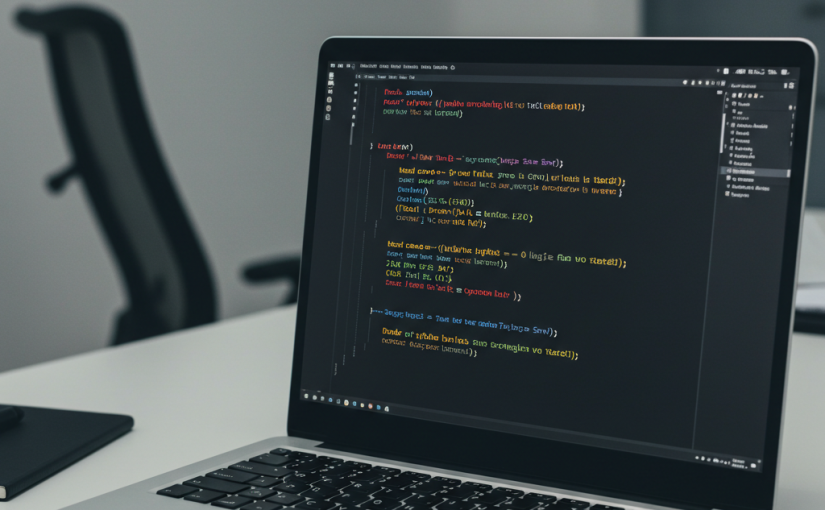As IT professionals, we’re always on the lookout for tools that can make our lives easier and more efficient. In the ever-evolving landscape of technology, automation is key, and Python has emerged as a powerhouse for streamlining sysadmin tasks. This isn’t just another scripting language; it’s a versatile tool that can significantly boost your capabilities. If you haven’t already, it’s time to embrace Python.
Why Python? And Why Now?
Python’s popularity stems from its readability, extensive libraries, and large community support. It’s relatively easy to learn, even for those new to programming. Installation is a breeze – simply head over to python.org and download the appropriate installer for your operating system. Most Linux distributions even include Python by default. Once installed, you’re ready to start scripting.
Level Up Your Python Skills: Resources to Get You Started
Want to dive deeper? Here are some fantastic resources to learn Python:
- Official Python Tutorial: A great starting point, covering the basics and beyond.
- Codecademy: Interactive courses that make learning fun and engaging.
- Coursera and edX: University-level courses for a more structured approach.
- “Automate the Boring Stuff with Python” by Al Sweigart: A practical guide focused on real-world automation tasks.
5 Ways Python Can Transform Your SysAdmin Workflow
Let’s explore five concrete examples of how Python can be a game-changer for sysadmins:
-
Automating Routine Tasks: Tired of repetitive tasks like creating user accounts, managing files, or checking system logs? Python scripts can automate these, freeing up your time for more strategic work. For example, you could write a script to automatically create user accounts based on a CSV file, setting appropriate permissions and group memberships.
-
System Monitoring: Python can be used to monitor server health, disk space, CPU usage, and network traffic. Libraries like
psutilprovide access to system information, allowing you to create custom monitoring scripts that trigger alerts when thresholds are breached. -
Network Management: Python libraries like
ScapyandParamikoallow you to interact with network devices, perform network scans, and automate network configurations. Imagine automating port security configurations or managing VLANs with a few lines of Python. -
Configuration Management: Tools like Ansible leverage Python for its modules, enabling you to automate server configurations and deployments consistently across your infrastructure.
-
Security Auditing: Python can be used for security scanning, vulnerability assessment, and log analysis. You can write scripts to identify potential security risks and automate security checks.
Beyond the Basics: Automating Your SysAdmin Life
Python empowers you to automate a wide range of tasks:
- User Account Management: Create, modify, and delete user accounts, manage group memberships, and automate password resets.
- Server Monitoring: Monitor CPU usage, memory, disk space, and network traffic. Generate alerts for critical events.
- Virtual Server Management: Interact with virtualization platforms like VMware or KVM to automate VM creation, snapshots, and resource allocation.
- Remote Server Management: Execute commands on remote servers using SSH libraries like
Paramiko. - Network Automation: Configure network devices, perform network scans, and automate network troubleshooting.
- Cybersecurity: Automate security tasks, such as log analysis, vulnerability scanning, and incident response.
Example: Monitoring Disk Space
Python
import psutil
def check_disk_space(threshold=80):
disk = psutil.disk_usage('/')
usage = disk.percent
if usage > threshold:
print(f"WARNING: Disk space usage is above {threshold}%: {usage}%")
else:
print(f"Disk space usage: {usage}%")
check_disk_space()
This simple script uses the psutil library to check disk space usage. It prints a warning if the usage exceeds a specified threshold.
The Future is Automated
Python is an indispensable tool for modern systems administrators. By embracing its power, you can automate repetitive tasks, improve efficiency, and focus on more strategic initiatives. Don’t get left behind – start learning Python today!
Bookmark this site and come back often for more Python, PowerShell, and systems administration content. We’ll be sharing more tips, tricks, and code examples to help you master the art of automation.
